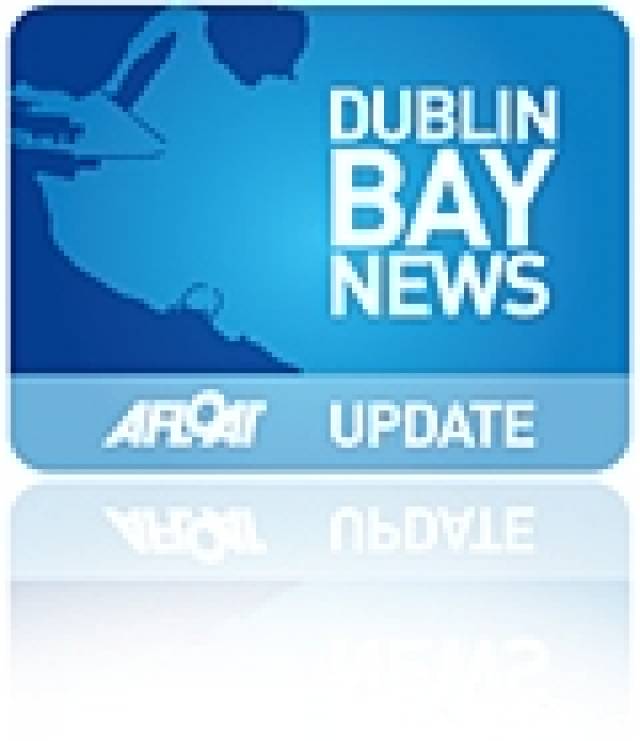#MotorYacht – A US training ship T.S. Empire State made a 'sail-past' in Dublin Bay this morning, however Dublin Port welcomed Katrion, an impressive three-decked 38m motoryacht, writes Jehan Ashmore.
Featuring a Jacuzzi high up on the uppermost deck above the bridge, the Cayman Islands flagged motoryacht is currently advertised for sale through www.y.co for €12,900,000.
She had docked at the 100-berth Poolbeg Yacht Boat Club & Marina having sailed overnight from Waterford. Beforehand she had cruised along the south and south-west coast in recent weeks.
The Georgetown registered vessel built in 2003 is from the Dutch yard of Feadship - which has completed more than 250 such luxurious vessels for wealthy clients globally.
Her interiors are by the hand of Michael Mcquiston / Art-Line Interiors and her last refit is understood to have been in 2008.
Guests have the use of four staterooms, a main salon, living and dining room spaces. Outdoor dining is available on the spacious deck and aft-decks.
Further luxurious facilities are to be found in accommodation for 8-guests, with a master bedroom and master-bathroom, a VIP-guestroom, guest-double and a guest twin. A crew of 7 cater for the needs of discerning clientele.
It is also undestood that her main engines of 2 X 620 HP generate a cruising speed of 11 knots though is capable of 14 knots.
Should dry-land be yearned for after travelling across Ocean's, in which she has a range of 3,000 nautical miles, there are custom-bikes already on board and an awaiting high-speed tender to whisk you ashore.

























